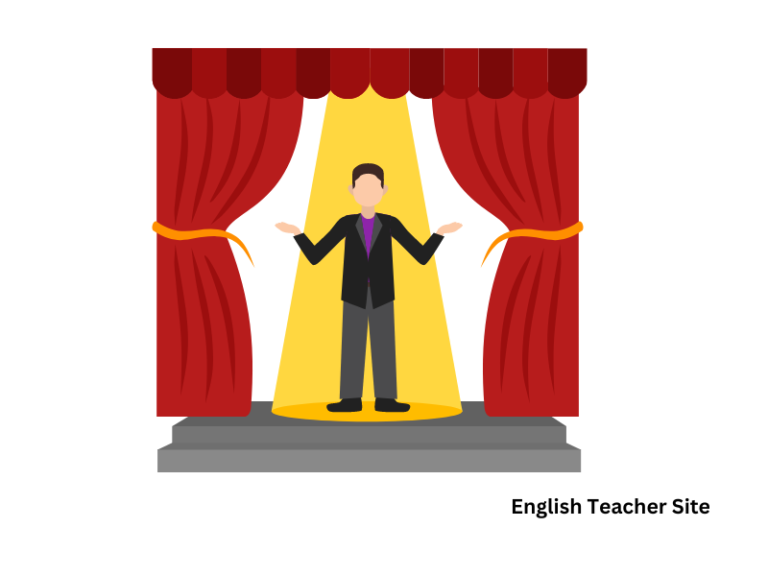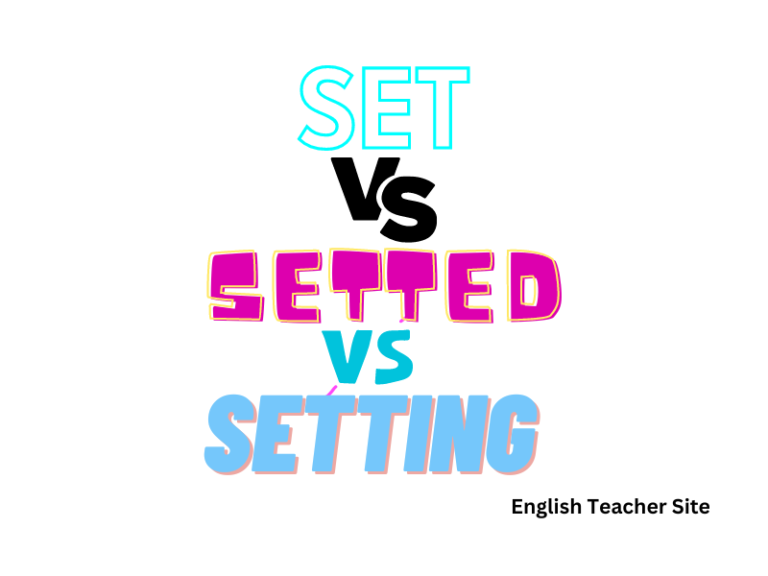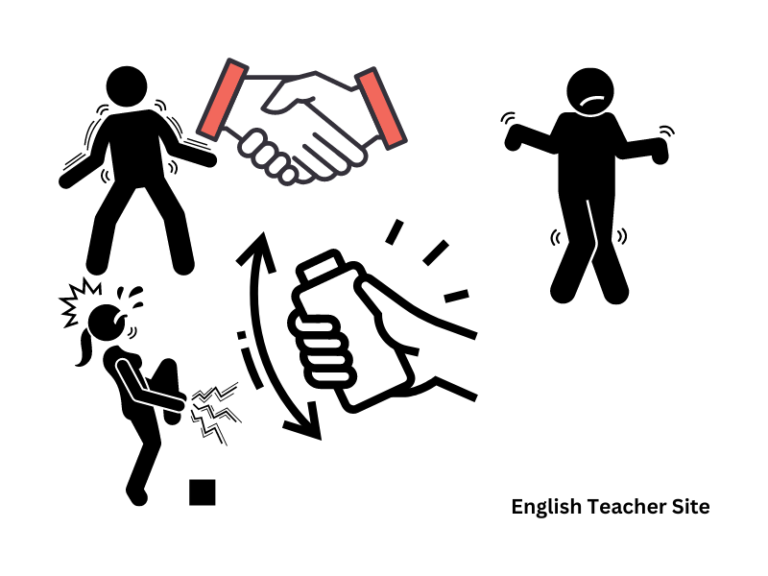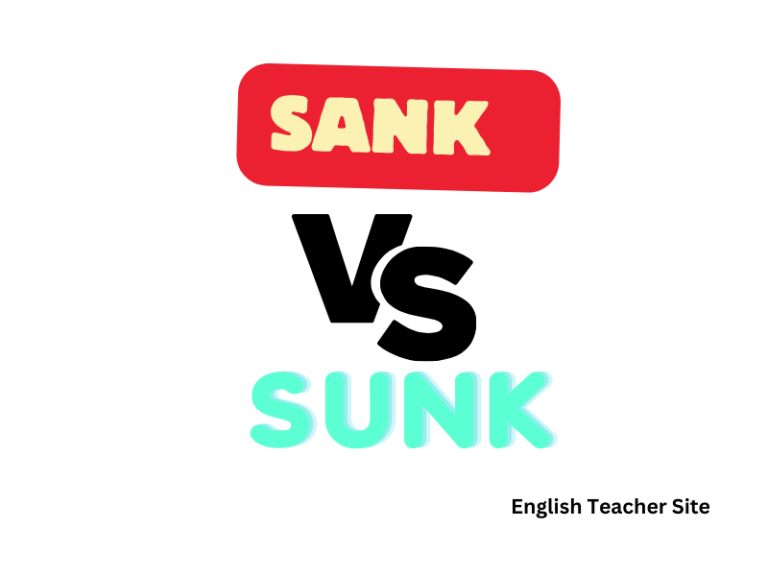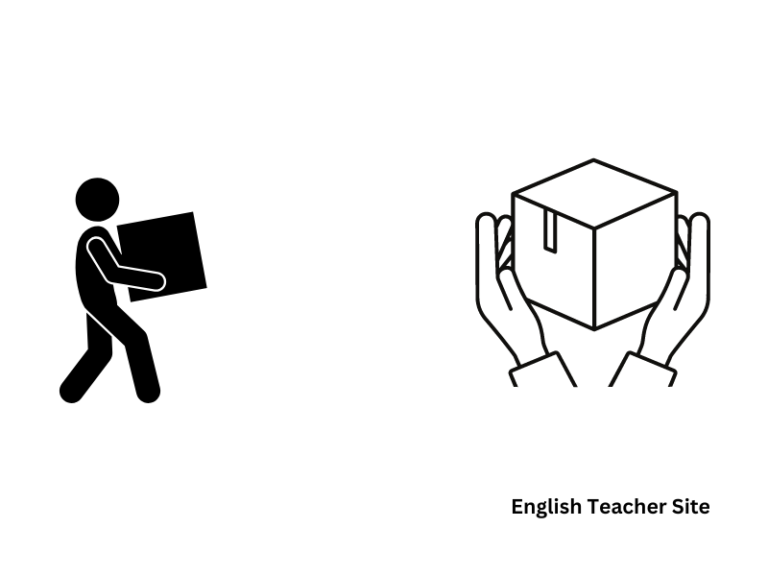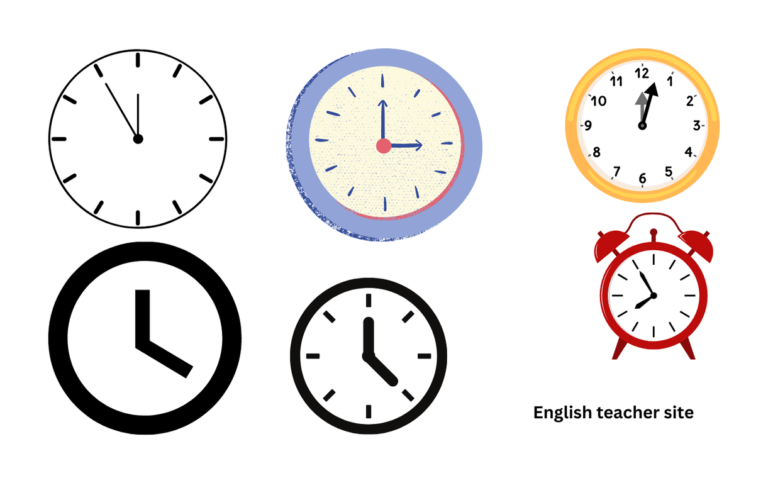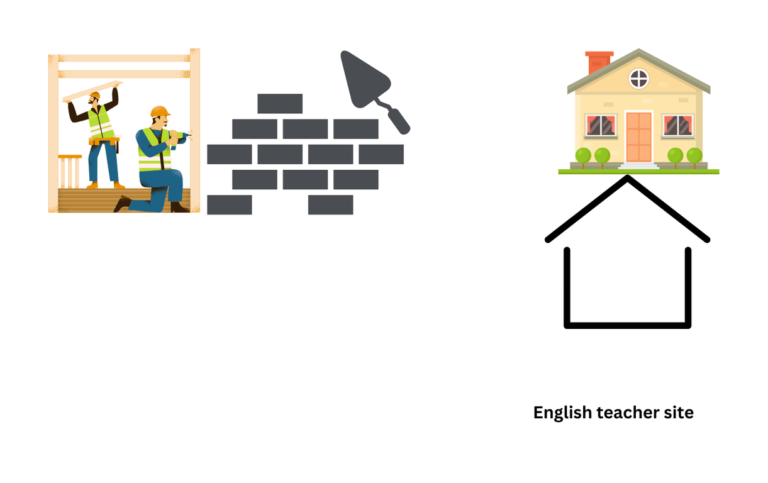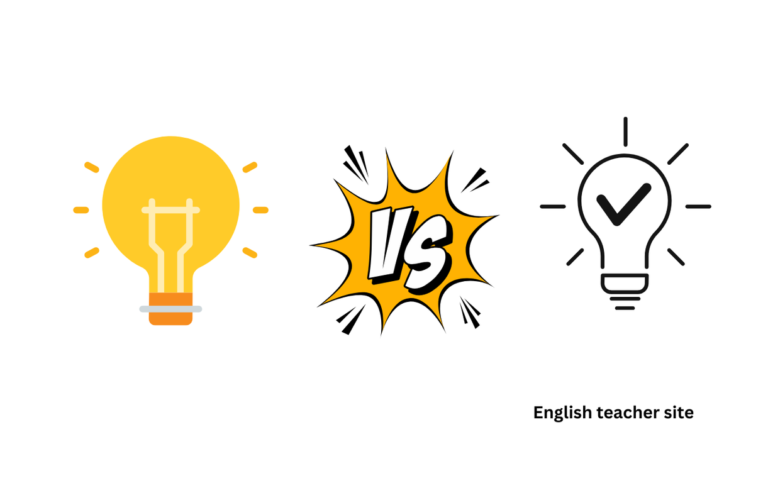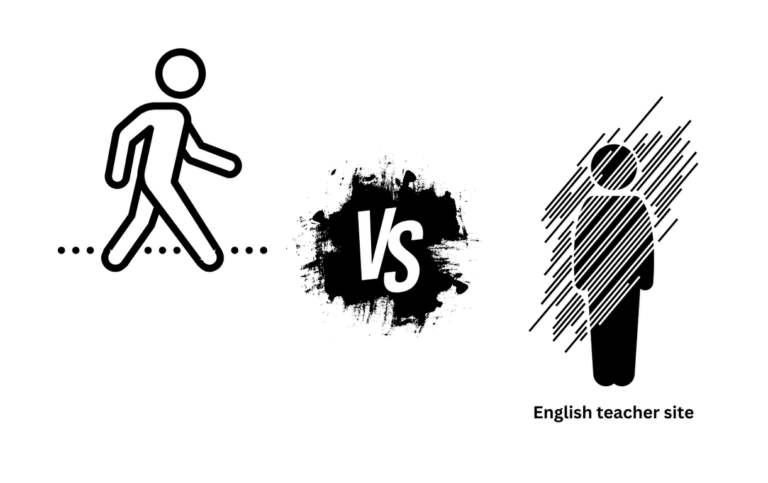Shrank or Shrunk: Unraveling the Past Tense of Shrink
The usage, however, has evolved, and especially in American English, “shrunk” has come to be commonly accepted as both the past tense and the past participle. This shift is a result of language in practice, reflecting the natural tendency for spoken forms to influence grammar rules over time. While some may still prefer the traditional…


